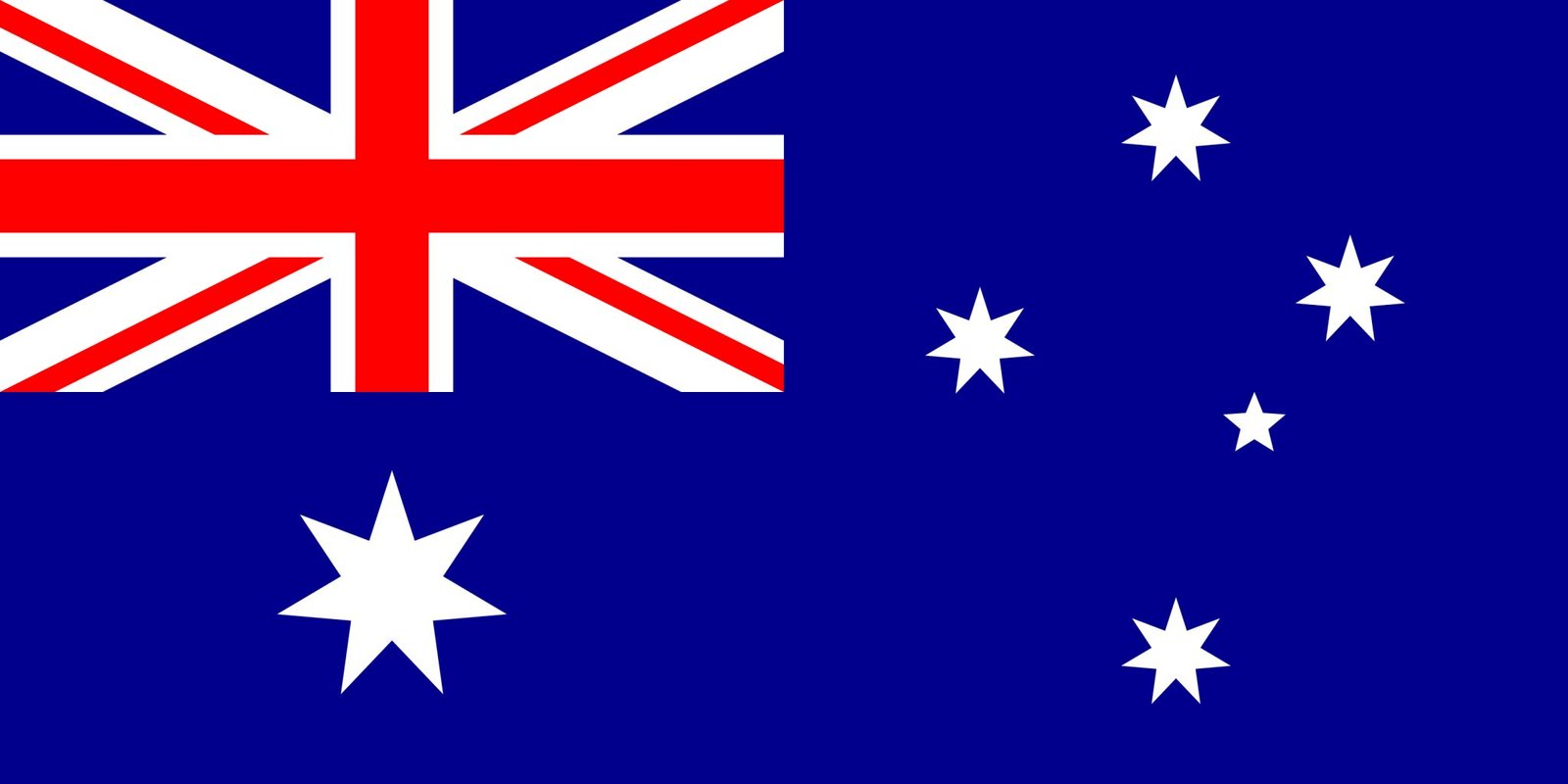In the dynamic world of Australian skilled migration, change is the only constant—and the latest updates to minimum salary thresholds and visa requirements are no exception. As of July 1, 2025, significant shifts are underway, reshaping the pathways for skilled migrants and employers alike.
Rising Minimum Salary Thresholds: What’s Changing?
The minimum salary thresholds—the baseline wage employers must offer to sponsor overseas talent—are getting a boost. Specifically, for employer-sponsored visas (subclasses 482 and 186), the minimum thresholds will rise by 4.6%. This increase aims to ensure that skilled migrants earn competitive salaries, reflecting Australia’s broader push to attract highly skilled talent while preventing wage undercutting.
Key Figures:
- Before July 1, 2025: Threshold was AUD 70,000 (approx.).
- From July 1, 2025: Threshold increases to around AUD 73,220 (approx.), though the final figure may vary slightly with new indexation.
Why the Change?
This salary hike is part of the Australian government’s broader migration recalibration, addressing concerns around wage stagnation and ensuring skilled migrants genuinely fill gaps that local workers cannot. It’s also in line with the Albanese government’s focus on managing population growth without sacrificing the quality of life or the labor market.
Core Skills and Specialist Skills Pathways: Two Routes for Skilled Migration
Australia’s migration framework for 2025–26 is evolving around two primary skill categories:
1️⃣ Core Skills Occupation List (CSOL)
The CSOL, rolled out in December 2024 and updated in April 2025, features 456 in-demand occupations. These include:
- Healthcare (e.g., registered nurses, aged care managers)
- Technology (e.g., data analysts, software developers)
- Construction & Infrastructure (e.g., project engineers, quantity surveyors)
- Agriculture (e.g., horticulturists, food technologists)
2️⃣ Specialist Skills Pathway
The Specialist Skills Pathway is for ultra-high-skilled professionals—think AI experts, quantum engineers, or renewable energy specialists—who command salaries at least AUD 135,000. This category provides streamlined pathways to permanent residency, underscoring Australia’s bid to stay competitive in the global talent race.
Employer-Sponsored Migration: How It Works
The employer-sponsored migration scheme (subclass 482 Temporary Skill Shortage visa) remains a primary entry point for many skilled migrants. To sponsor someone, employers must:
✅ Demonstrate they couldn’t find a local worker.
✅ Pay above the new minimum salary thresholds.
✅ Nominate roles within the CSOL or the specialist streams.
For permanent residency, the subclass 186 Employer Nomination Scheme allows workers on subclass 482 visas to transition to permanent status after fulfilling work and salary obligations.
Benefits of the Updates
✅ Higher salaries protect migrants from exploitation and uplift the labor market.
✅ Targeted skills lists ensure only the most-needed professions get priority, reducing visa backlogs.
✅ Pathways to PR help Australia compete globally, especially in fields like renewable energy, healthcare, and AI.
What It Means for Skilled Migrants
If you’re a skilled worker dreaming of moving to Australia, the key takeaways are:
Core skills like healthcare, tech, engineering, and agriculture remain in high demand.
Specialist salaries (AUD 135,000+) open doors to fast-tracked permanent residency.
Plan ahead—visa processing times are facing backlogs, so lodging early is crucial.
Looking Ahead
As Australia eyes a net migration target of 250,000 by the end of 2025, these changes balance the twin goals of welcoming skilled talent and managing infrastructure and housing pressures.
For anyone considering skilled migration to Australia, July 1, 2025 marks a turning point. It’s a moment of higher standards, better salaries, and greater recognition of the skills that shape tomorrow’s Australia.


